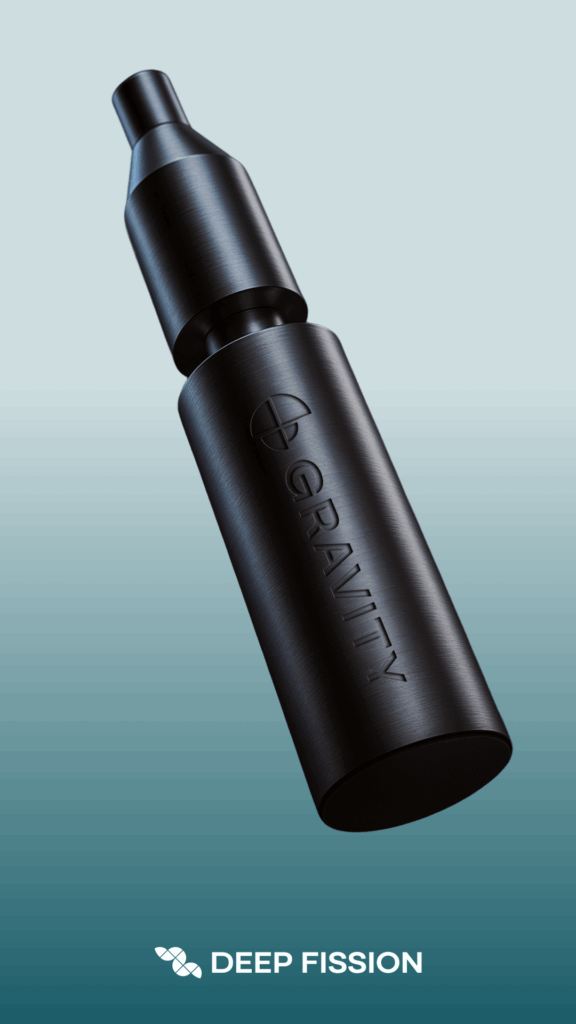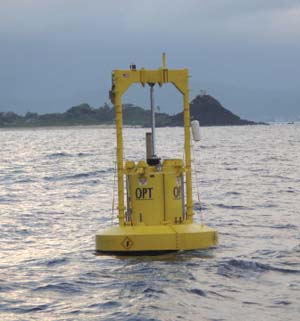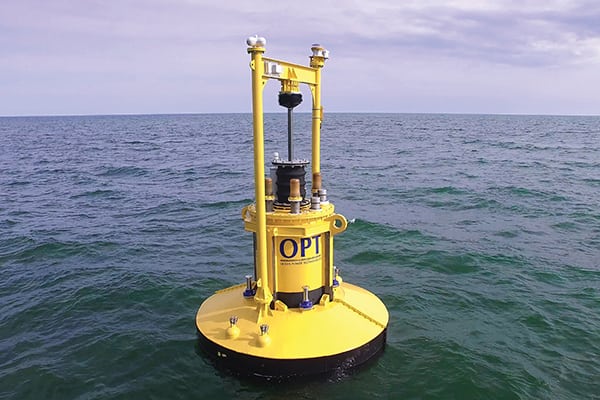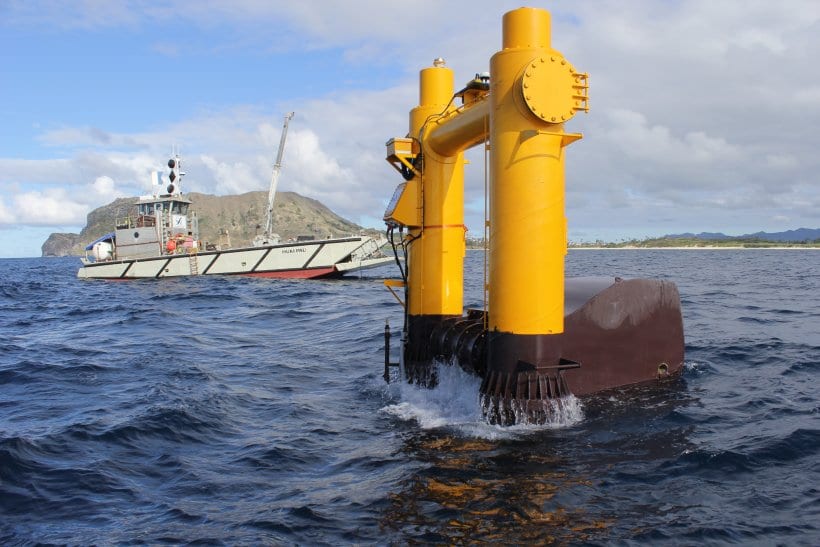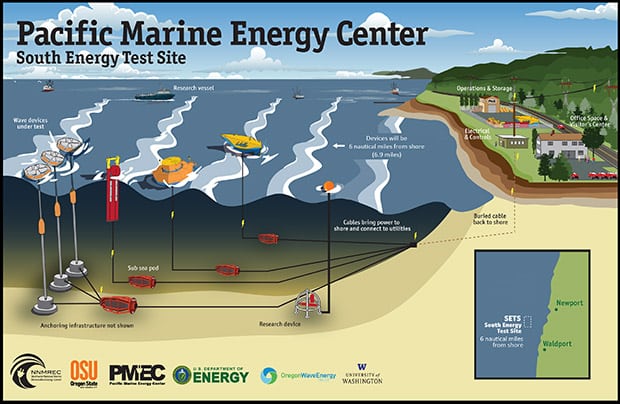A wave energy device was connected to the grid for the first time in the U.S. this week. Ocean Power Technologies (OPT) hooked up its PowerBuoy system, a device that had been deployed in December 2009 in waters 100 feet deep and nearly three-quarters of a mile off the coast of Oahu, Hawaii.
The PB40 PowerBuoy was connected at the Marine Corps Base Hawaii (MCBH) in conjunction with the U.S. Navy. The project is part of OPT’s ongoing program with the Navy to develop and test the wave energy technology.
OPT said that, to date, the PowerBuoy has operated and produced power from over 3 million power take-off cycles and 4,400 hours of operation. The PowerBuoy grid interface was certified in 2007 by an independent laboratory, Intertek Testing Services, as compliant with national and international standards, including the safety standards UL1741 and IEEE1547. It also bears the ETL Listed mark.
The wave power project at MCBH reportedly underwent an extensive environmental assessment by an independent environmental firm in accordance with the National Environment Policy Act (NEPA) that resulted in a Finding of No Significant Impact.
OPT earlier this month received two funding awards totaling $4.8 million from the Department of Energy. One is to build and deploy one of its PB150 PowerBuoys at Reedsport, Ore., as part of the first proposed commercial wave power project in the U.S. Deployment of the 150-kW peak-rated PB150, which is currently under construction, is expected to occur in 2011. The second award, for $2.4 million, was intended to further the design and development of OPT’s next-generation 500-kW PowerBuoy wave power system, the PB500.
Sources: OPT, DOE, POWERnews









